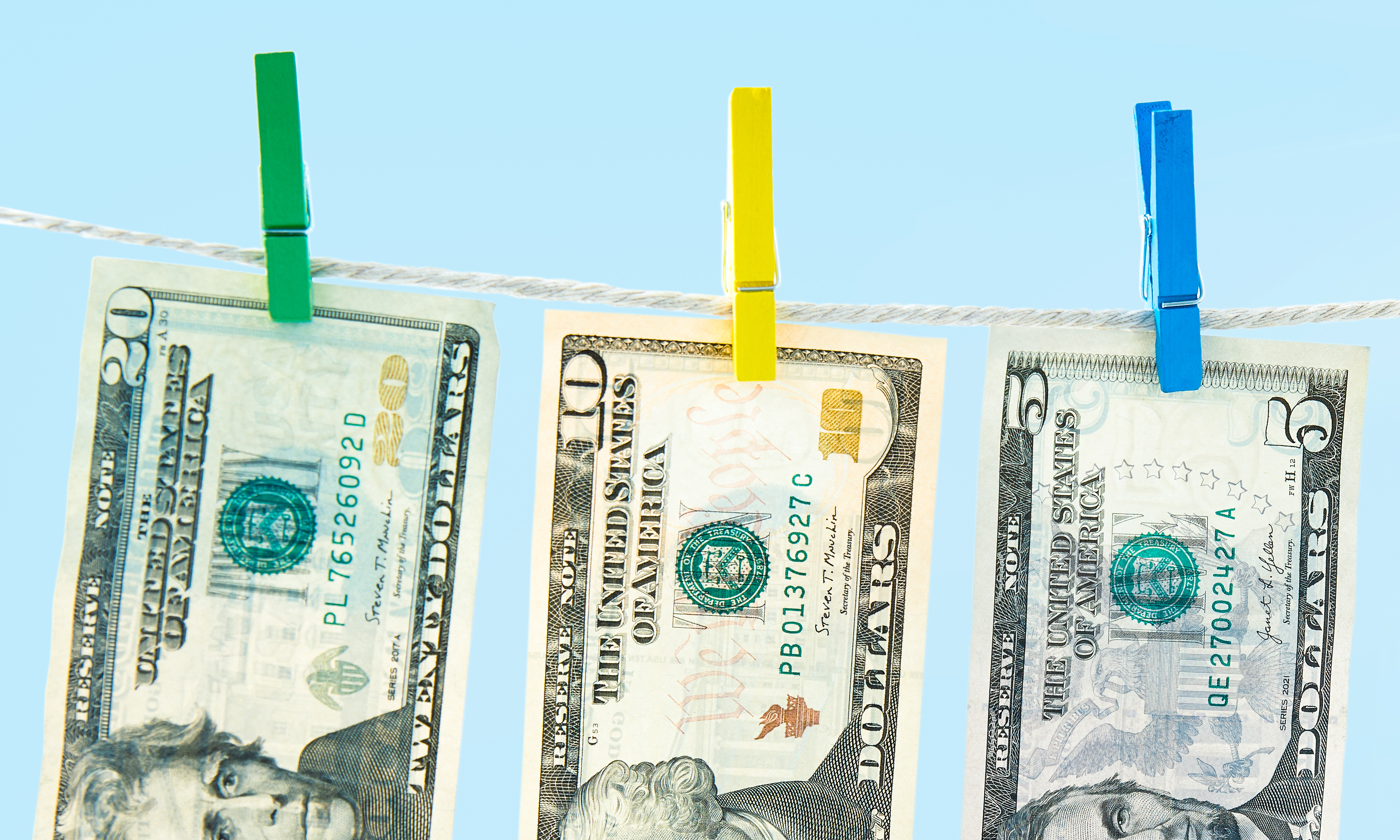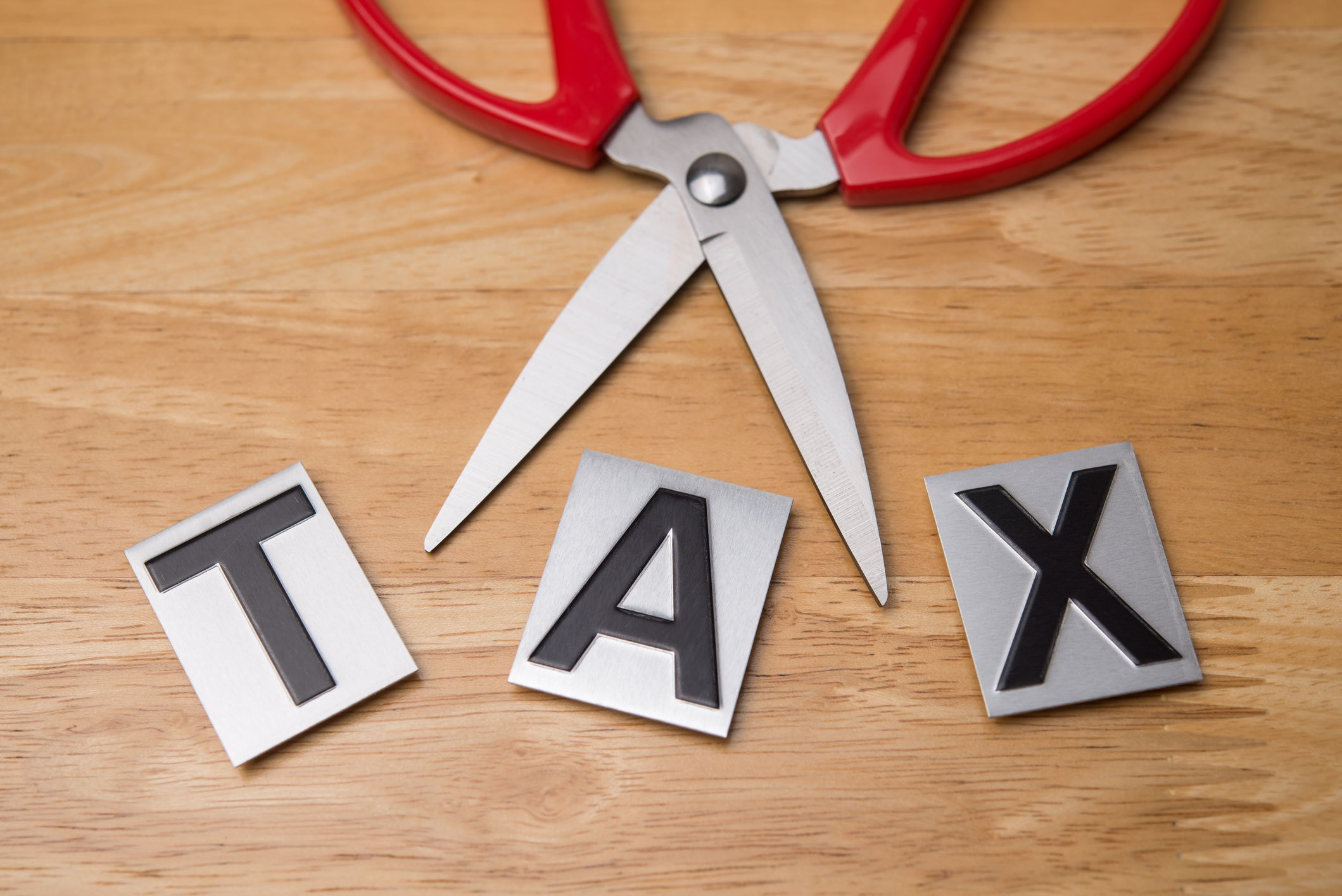Money for Your Kids? Three Ways Trump's ‘Big Beautiful Bill’ Impacts Your Child's Finances
The Trump tax bill could help your child with future education and homebuying costs. Here’s how.


Recently, President Donald Trump signed a key piece of legislation. The “Trump megabill,” also known as the “One Big Beautiful Bill” (OBBB), is expected to impact millions of taxpayers, like you, across the country.
Among the new law’s many provisions are benefits for parents, like a boosted federal child tax credit and an enhanced adoption tax credit. But what provisions specifically address your child’s finances?
Some may help your child better afford education, including tuition expenses or school choice. Still others introduce a new type of “kid savings account.”
From just $107.88 $24.99 for Kiplinger Personal Finance
Become a smarter, better informed investor. Subscribe from just $107.88 $24.99, plus get up to 4 Special Issues

Sign up for Kiplinger’s Free Newsletters
Profit and prosper with the best of expert advice on investing, taxes, retirement, personal finance and more - straight to your e-mail.
Profit and prosper with the best of expert advice - straight to your e-mail.
Here are three ways the Trump megabill will impact your child’s finances.
Related: 10 Tax Breaks for Middle-Class Families Claiming the Standard Deduction
1. Trump accounts for children
Perhaps you’ve heard about the new type of savings accounts introduced in the OBBB: “Trump Accounts.” Supporters say these are designed to help save annually for a child’s future homeownership, educational, and even entrepreneurial needs.
According to the OBBB, Trump Accounts will:
- Allow parents, relatives, and others to contribute after-tax dollars (up to $5,000 per year) in a child’s name.
- Permit savings to grow tax-deferred until the child reaches 18.
- Give children born in the United States between 2025 and 2028 seed money from the federal government in the amount of $1,000 in their accounts.
Supporters of Trump Accounts say eligible children can have one opened for them as early as July 2026.
As Kiplinger reported, multiple companies may already be on board in terms of voicing support for Trump Accounts. CNBC reported that executives from Dell, Uber, and Goldman Sachs, to name a few, attended the Trump administration's "Invest America Roundtable” held at the White House last month.
While several companies reportedly expressed support for the newborn investment program, Dell reportedly pledged a $1,000 match for its employees' children into Trump Accounts under the new tax provision.
For more information, check out Kiplinger’s article, The GOP Wants to Auto-Enroll Your Child in a 'Trump Account' for Savings.
2. 529 education plan for school students
The OBBB also changed the rules around 529 plans for kids. Here’s a quick overview of some of those changes:
- Currently, parents can withdraw up to $10,000 annually, tax-free, for K-12 tuition expenses. Starting tax year 2026, under the OBBB, individuals will be able to withdraw up to $20,000 annually.
- Parents can also deduct more types of K-12 expenses. For instance, books and standardized test fees (like the SAT or ACT) are “qualified expenses” under the new law for 529 plans, as are online learning materials, certain tutoring fees, and dual enrollment fees for college courses taken in high school.
- More post-secondary expenses are included as qualified expenses under the new law. For example, the OBBB allows withdrawals for workforce credentials programs and continuing education courses.
The last point may be particularly advantageous if your child decides to change careers post-college or needs a certificate to enter the workforce.
But when it comes to education savings accounts, there’s more than just 529 plans or even Trump accounts. Coverdells may be used if you meet certain income limits. These special savings accounts allow you more control over your investment options compared to 529s.
Check out Kiplinger’s report for more details: Coverdell ESAs vs. 529 Plans: Which Should You Choose?
3. K12 expenes: Private school vouchers
Another change in the OBBB involving children is a provision dealing with private school voucher tax breaks. These voucher programs use publicly funded scholarships that allow students to attend private schools.
The OBBB provides a dollar-for-dollar tax credit for donations made to private K-12 voucher programs.
- The donation must go to a “Scholarship Granting Organization” (SGO) to count for the tax credit.
- SGOs are nonprofit organizations that distribute donations to students through scholarships, which can pay for private school tuition, books, and homeschooling costs.
- The tax credit is worth up to $1,700 of adjusted gross income.
While the new provision promotes private school choice, some states won’t get the tax credit.
According to the National Education Association, private school vouchers have appeared on state ballots 17 times and were rejected by voters. Colorado, Kentucky, and Nebraska are just a few of the recent states that did not approve.
For more information on who would qualify for the scholarships, check out Kiplinger’s report, 'Unprecedented' Private School Voucher Tax Credit in Trump's Megabill.
Read More
- Three Major 2025 Tax Changes for Parents in 'Big Beautiful Bill'
- Child Tax Credit: How Much Is It for 2025?
- 2025 Family Tax Credits: Four IRS Changes That Can Save You Money
Profit and prosper with the best of Kiplinger's advice on investing, taxes, retirement, personal finance and much more. Delivered daily. Enter your email in the box and click Sign Me Up.

Kate is a CPA with experience in audit and technology. As a Tax Writer at Kiplinger, Kate believes that tax and finance news should meet people where they are today, across cultural, educational, and disciplinary backgrounds.
-
 What to Do If You Plan to Make Catch-Up Contributions in 2026
What to Do If You Plan to Make Catch-Up Contributions in 2026Under new rules, you may lose an up-front deduction but gain tax-free income once you retire.
-
 If You'd Put $1,000 Into Lowe's Stock 20 Years Ago, Here's What You'd Have Today
If You'd Put $1,000 Into Lowe's Stock 20 Years Ago, Here's What You'd Have TodayLowe's stock has delivered disappointing returns recently, but it's been a great holding for truly patient investors.
-
 How to Max Out Your 401(k) in 2026 (New Limits are Higher)
How to Max Out Your 401(k) in 2026 (New Limits are Higher)In 2026, the maximum contribution limits for 401(k) plans have increased, giving you an excellent shot at maximizing your retirement savings.
-
 3 Major Changes to the Charitable Deduction for 2026
3 Major Changes to the Charitable Deduction for 2026Tax Breaks About 144 million Americans might qualify for the 2026 universal charity deduction, while high earners face new IRS limits. Here's what to know.
-
 Retirees in These 7 States Could Pay Less Property Taxes Next Year
Retirees in These 7 States Could Pay Less Property Taxes Next YearState Taxes Retirement property tax bills could be up to 65% cheaper for some older adults in 2026. Do you qualify?
-
 Estate Tax Quiz: Can You Pass the Test on the 40% Federal Rate?
Estate Tax Quiz: Can You Pass the Test on the 40% Federal Rate?Quiz How well do you know the new 2026 IRS rules for wealth transfer and the specific tax brackets that affect your heirs? Let's find out!
-
 'The 'Mamdani Effect' in New York: Can the City Afford a Millionaire Tax?
'The 'Mamdani Effect' in New York: Can the City Afford a Millionaire Tax?State Tax Will higher income taxes drive the wealthy to flee New York in 2026?
-
 The November CPI Report Is Out. Here's What It Means for Rising Prices
The November CPI Report Is Out. Here's What It Means for Rising PricesThe November CPI report came in lighter than expected, but the delayed data give an incomplete picture of inflation, say economists.
-
 Law Reversal Looming? Trump Eyes 2026 Gambling Winnings Tax Change
Law Reversal Looming? Trump Eyes 2026 Gambling Winnings Tax ChangeTax Deductions It's no secret that the IRS is coming after your gambling winnings in 2026. But how long will that last?
-
 Trump's Plan to Eliminate Income Tax: 7 Things to Know Now
Trump's Plan to Eliminate Income Tax: 7 Things to Know NowTax Policy The potential consequences of eliminating taxes in favor of Trump tariffs could impact everything from inflation to Social Security and might give some U.S. taxpayers pause.
-
 5 Types of Gifts the IRS Won’t Tax: Even If They’re Big
5 Types of Gifts the IRS Won’t Tax: Even If They’re BigGift Tax Several categories of gifts don’t count toward annual gift tax limits. Here's what you need to know.